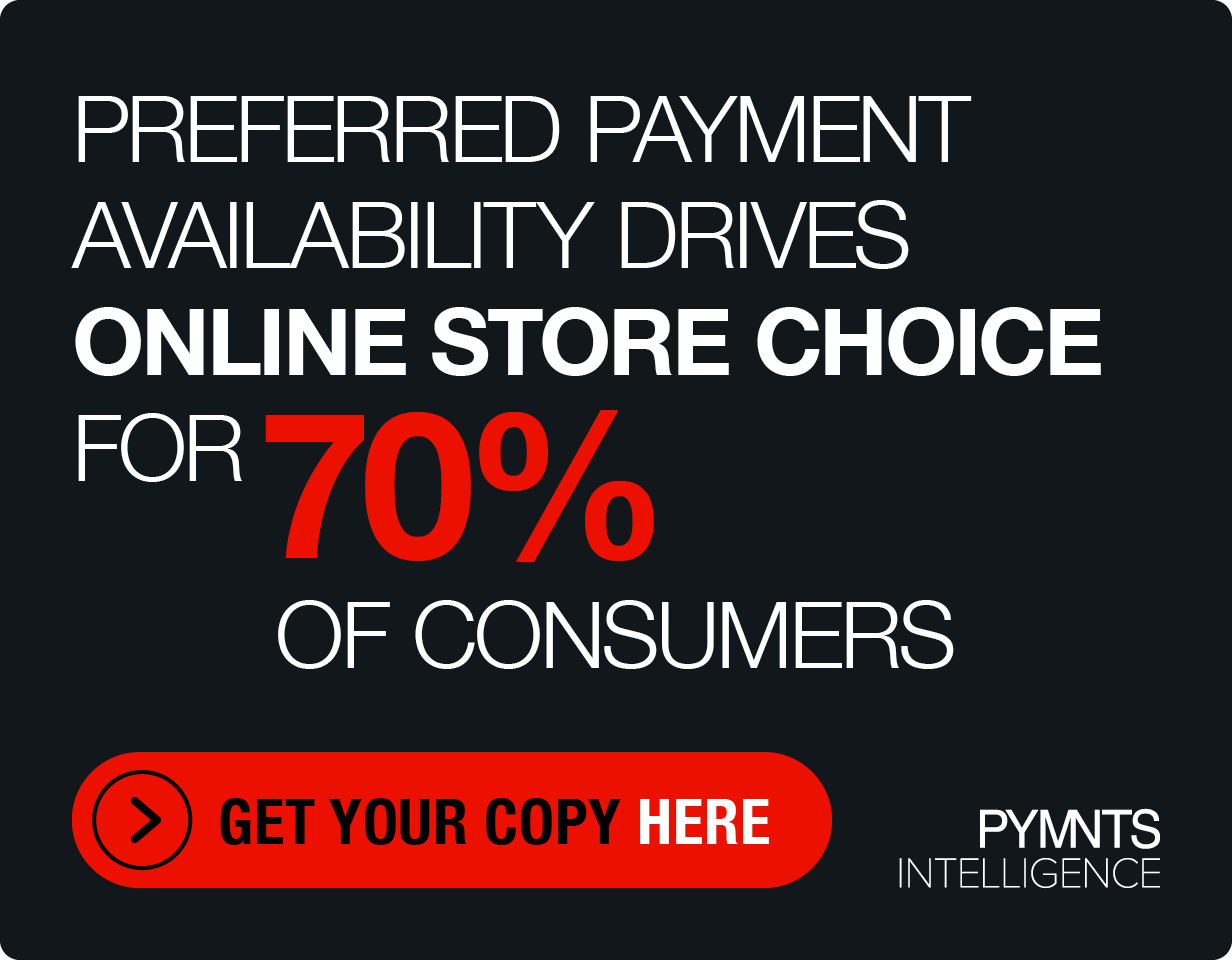Banks Use Embedded Payments to Strengthen Digital Ties With SMBs
Remy Carole, V.P. of operations at Treasury Prime, told PYMNTS in a recent interview that embedded finance — the ability of FinTechs and other enterprises to offer banking services to their end customers — can have positive ripple effects across entire ecosystems.
First, there are the low-friction ways in which these companies offer those services through banking as a service (BaaS) platforms— “with fairly low effort,” as he remarked, “so that they can focus on their core businesses” while realizing additional revenue streams.
Offering ancillary financial services and products also adds incremental value to end-customers, which makes relationships with those users stickier.
“On the other side of the equation, there are the banks,” he said. Embedded finance helps traditional financial institutions (FIs) amp up their core businesses of buying and selling deposits, while increasing revenues gleaned from transactions.
“Embedded finance ultimately reduces the customer acquisition cost and the costs of deposits for these banks,” he said.
Embedding that functionality isn’t easy, he said, and it can prove a technical heavy lift. But as Carole noted, application programming interfaces (APIs) enable firms (Treasury Prime among them) to offer banking-as-a-service to companies, crafting platforms that make it easier to build financial products. Those APIs enable greater connectivity with banks, as they exist as a “technology interface” that can bypass archaic technology that may still be a staple of banks’ back-end processes.
The streamlined connectivity, added Carole, helps meet end-users’ expectations in an increasingly digital world, in which new financial offerings can be accessed through a website or an app.
Against that backdrop, said Carole, embedded finance has the potential to truly disrupt and transform any number of verticals. As an example, he mentioned the real estate industry, where landlord/tenant interactions are still largely done by paper checks.
“It’s an archaic world,” Carole said. However, embedded finance is pushing those outdated practices more firmly into the 21st century, making those payments as intuitive as clicking a button on a screen after connecting a bank account to any number of payment options.
Transforming B2B Payments
Embedded finance also can help transform B2B payments, he said, making it easier for buyers and suppliers to meet and transact across online marketplaces.
Shopify, to name another example, uses embedded finance to provide financial processing technology to merchants. This allows those enterprises to get paid sooner, with lower fees, and also helps Shopify extend loans to those merchants.
Drilling down a bit, he added that small- to medium-sized businesses (SMBs) represent the perfect use case for embedded finance. They benefit from the improved cash flow that comes from faster payment. For their own end users, he said a key strategic differentiator lies with customer experience.
The easier it is for a customer to interact with the SMB, he said, the more likely it is that that they’ll stay loyal to the firm. The SMB that can issue cards to their business customer will likely have an advantage (and enjoy the fruits of interchange revenue) over firms that don’t offer those cards.
“We’re moving toward the place,” he told PYMNTS, “especially in the world of embedded finance and APIs, where ease of use is becoming table stakes. And the SMBs need to think about how they offer value to their customers.”
